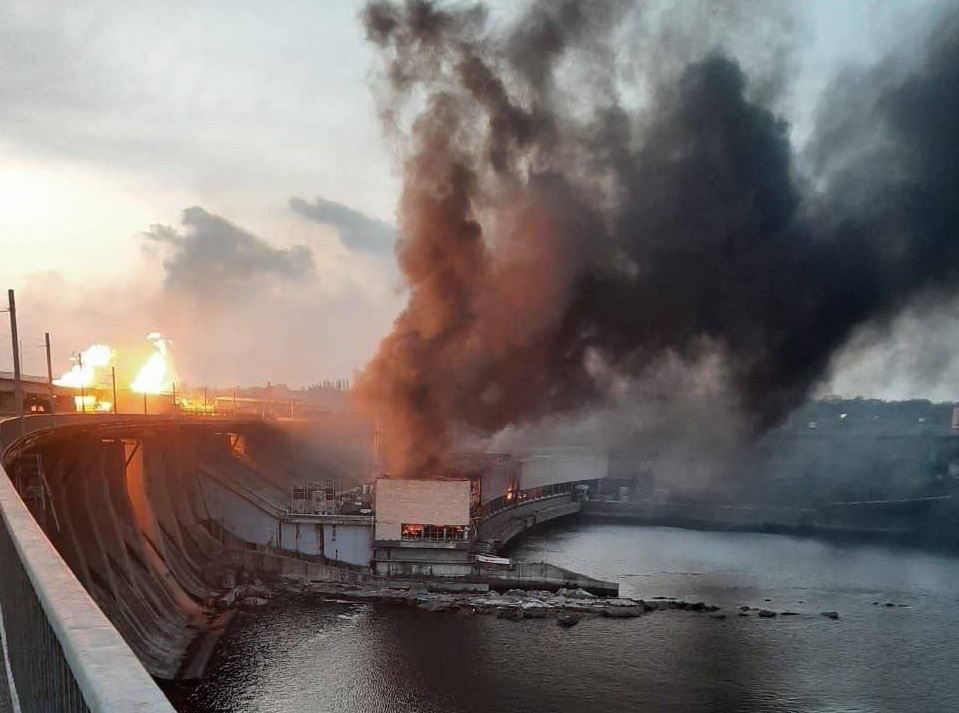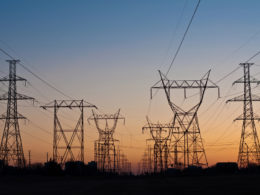As reported by Ukrainian public broadcaster Suspilne, Ukrainian Energy Minister Herman Halushchenko highlighted the severity of the situation during a meeting with his Danish counterpart, Lars Aagaard, in Kyiv on 8 April, stating that the ongoing Russian attacks on Ukraine's energy system are the most extensive to date, with a large number of substations targeted, affecting the transmission of electricity.
"This is the largest attack, and it is happening every night," he said.
The minister noted an increase in the scale and intensity of the attacks, with more than 150 aerial weapons, including Iranian-designed Shahed explosive drones and missiles, used in a single day on 22 March, compared to an average of about 100 during 2022-2023. The increase has significantly amplified the damage caused by each attack.
On 22 March, Russia launched a new phase of massive bombardments on Ukraine's energy infrastructure, firing 88 missiles and 63 Shahed drones in what became the largest attack on the energy system since the war began. Notably, the Dnipro Hydroelectric Station (DniproHES) was among the targets. Consequently, emergency power outages were implemented in seven regions to manage the crisis.


